Scientists have harvested the first batch of watermelons at a research station in the coldest spot of Antarctica, with temperatures as low as -89.2 degrees Celsius.
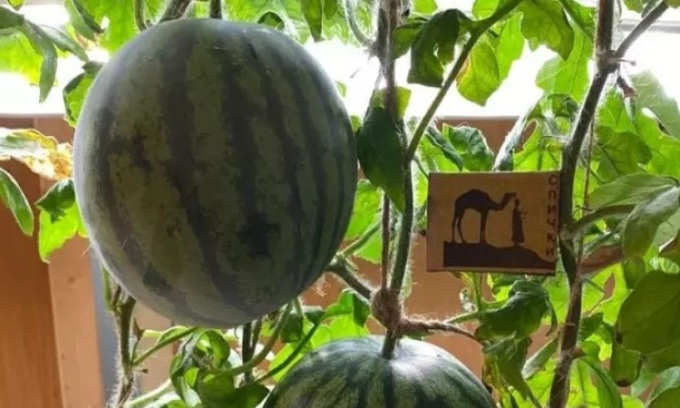
Watermelon plants grown at Vostok station. Photo: AARI
A group of Russian scientists has successfully grown watermelons on the icy continent of Antarctica. This agricultural achievement is part of an experiment at the Vostok station, a Russian research station operating year-round in the frigid Arctic, the coldest place on Earth that has reached a record temperature of -89.2 degrees Celsius, Live Science reported on July 31.
Watermelons appeared in what is now Sudan more than 4,300 years ago and appear in many ancient works of art from the region, including an Egyptian tomb at Saqqara. In other words, watermelons evolved in conditions far removed from the frigid environment of Antarctica.
To make the greenhouse at Vostok station more suitable for watermelons, a team from the Russian Antarctic Expedition and Antarctic Research Institute (AARI), along with colleagues from the Institute of Agricultural Physics and the Institute of Biomedical Problems of the Russian Academy of Sciences, created an oasis where they could increase the air temperature and humidity to conditions favorable for watermelon plants.
The team chose two early-ripening watermelon varieties not only for their delicious taste but also for their ability to adapt to the low atmospheric pressure and lack of oxygen inside the greenhouse. They planted the seeds in a thin layer of soil and used special lights to simulate sunlight. Since there are no insects to pollinate the plants, the researchers were in charge of pollinating by hand, according to AARI. Exactly 103 days after planting the seeds, the team was blessed with eight sweet, ripe melons growing on six different plants. Each melon weighed 1 kg and measured 13 cm in diameter.
The experiment not only successfully proved that watermelons can grow in the coldest place on the planet under the right conditions, but also provided additional food for scientists working in the harsh environment of Antarctica. "Naturally, every polar explorer remembers the taste of summer with joy. Even watching seeds germinate, grow and produce fruit evokes positive emotions," said Andrei Teplyakov, a geophysicist at AARI.
This is not the first time the Vostok station has grown plants. In 2020, researchers successfully grew a variety of plants including dill, basil, parsley and cabbage. In 2021, a team of South Korean scientists grew watermelons at the King Sejong Station in West Antarctica, where temperatures reached as low as -25.6 degrees Celsius. Next, scientists plan to grow a variety of fruits, including raspberries, blueberries and strawberries.
An Khang (According to Live Science )
Source link


![[Photo] Closing of the 13th Conference of the 13th Party Central Committee](https://vphoto.vietnam.vn/thumb/1200x675/vietnam/resource/IMAGE/2025/10/08/1759893763535_ndo_br_a3-bnd-2504-jpg.webp)





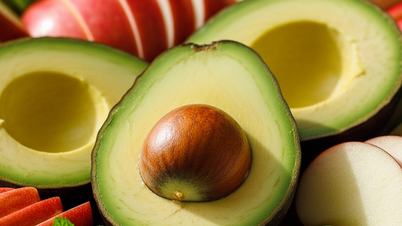

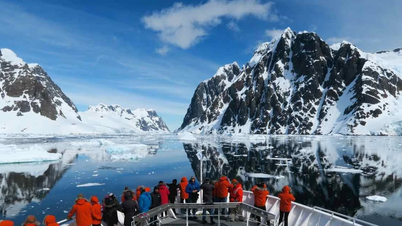



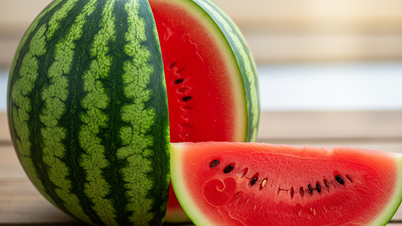
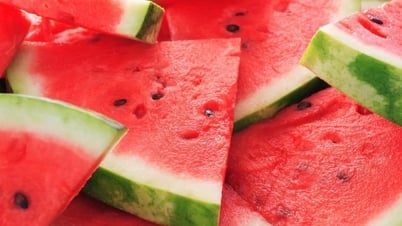
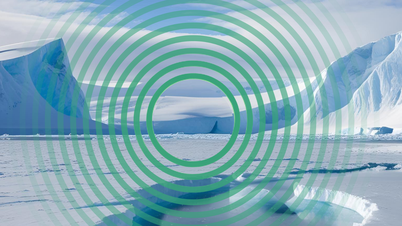












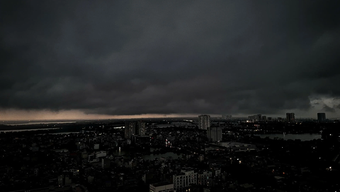
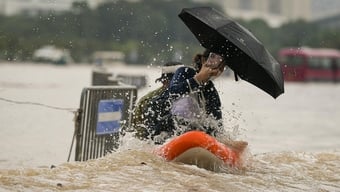
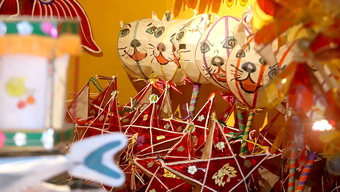
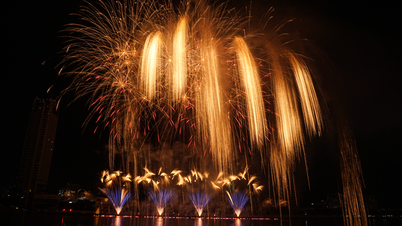
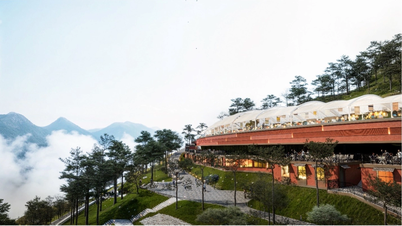
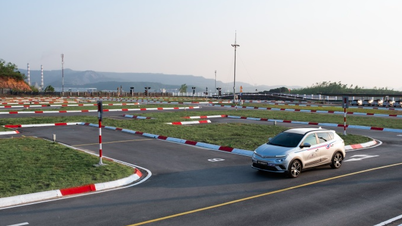











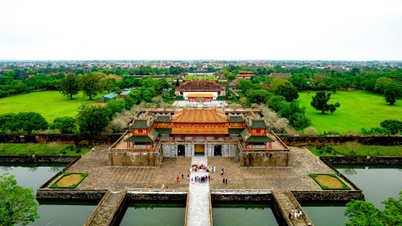




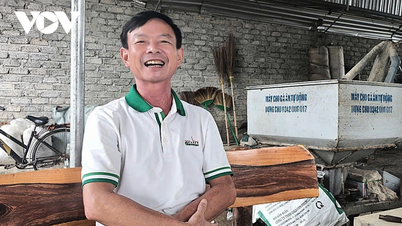

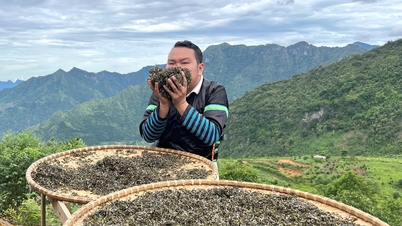



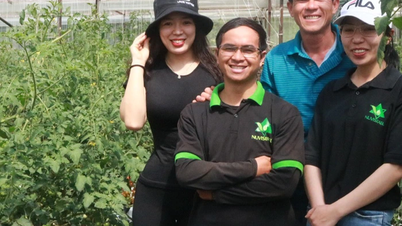











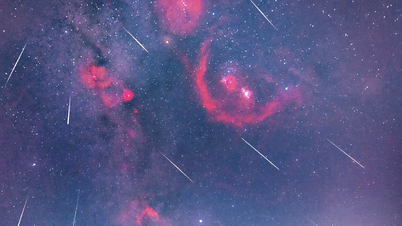


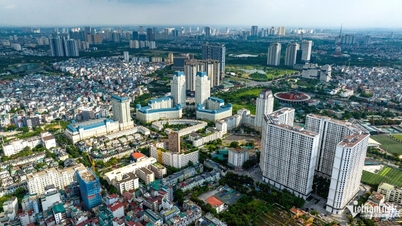



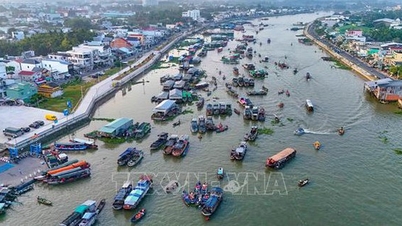















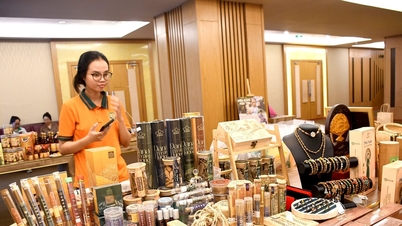



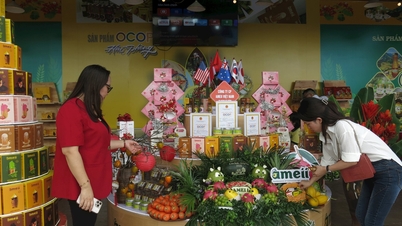


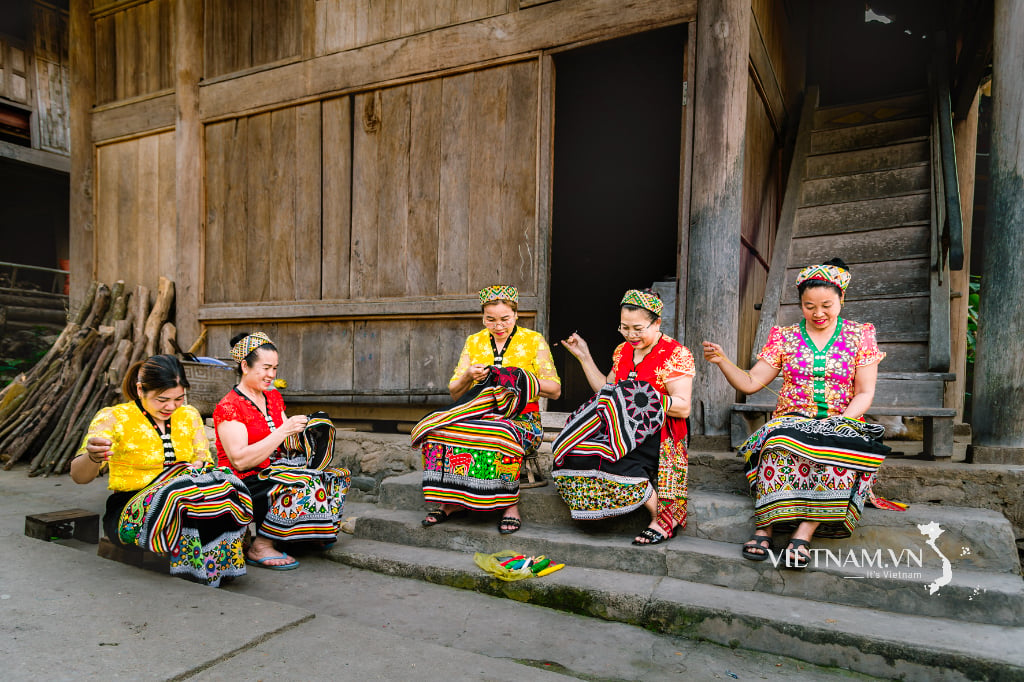



Comment (0)